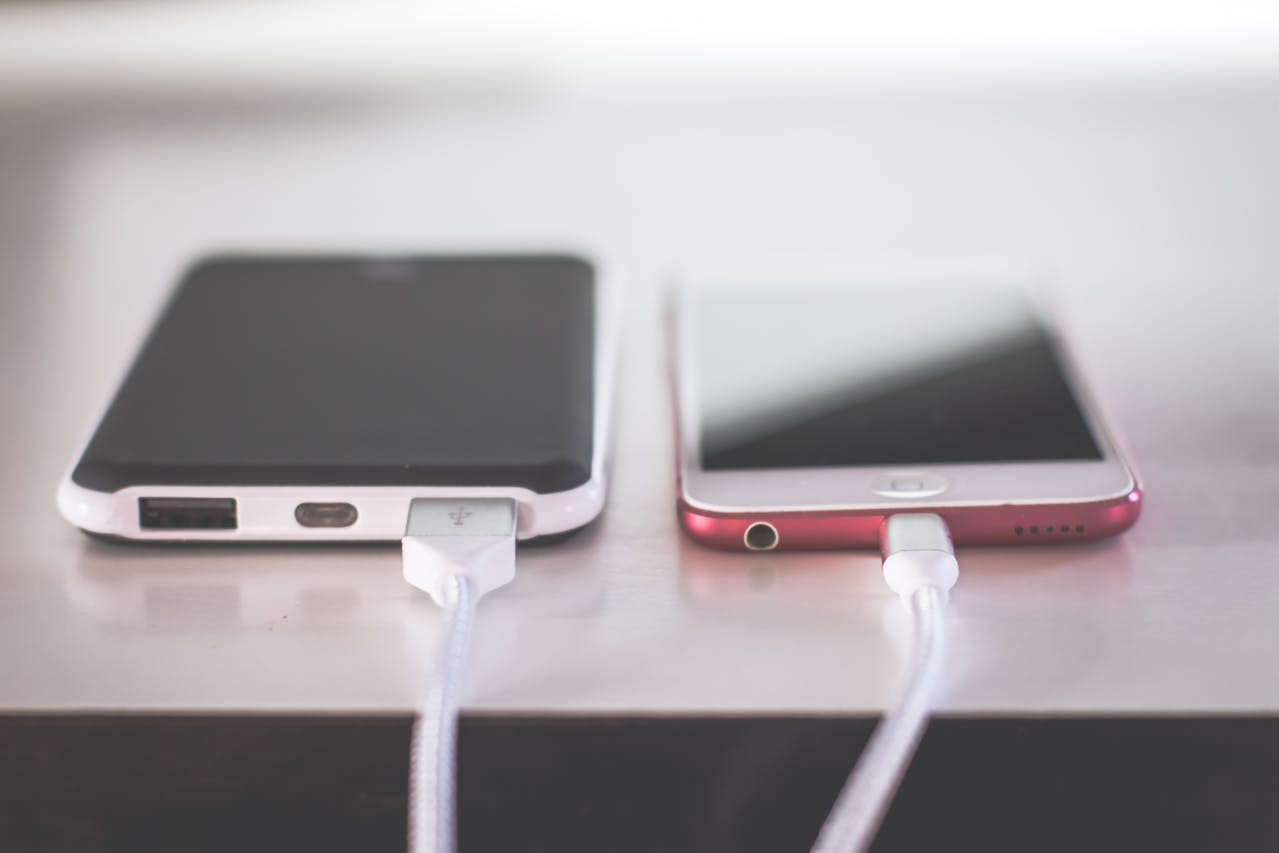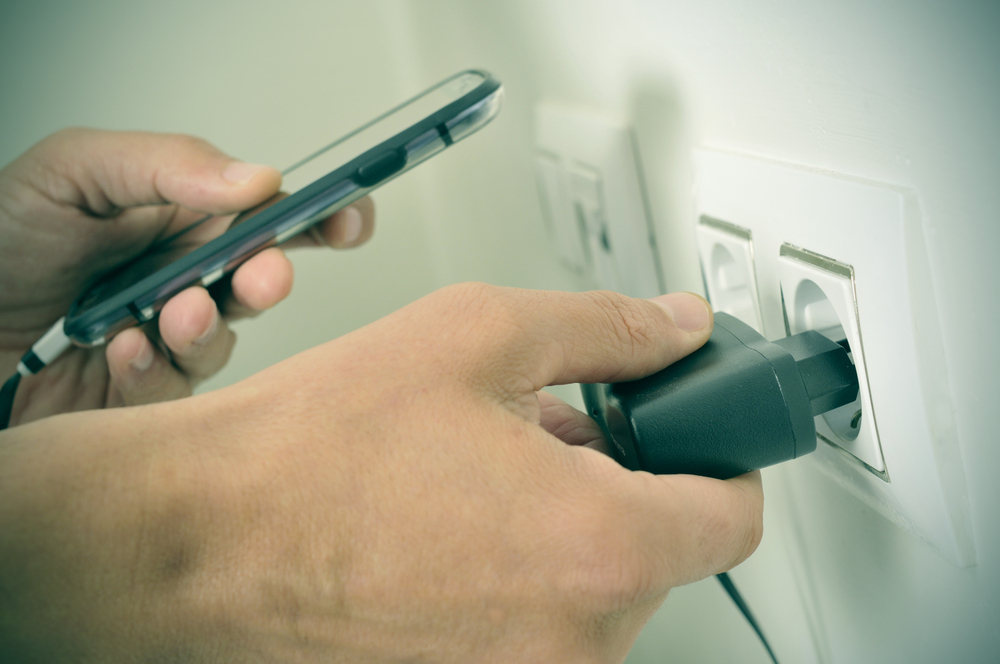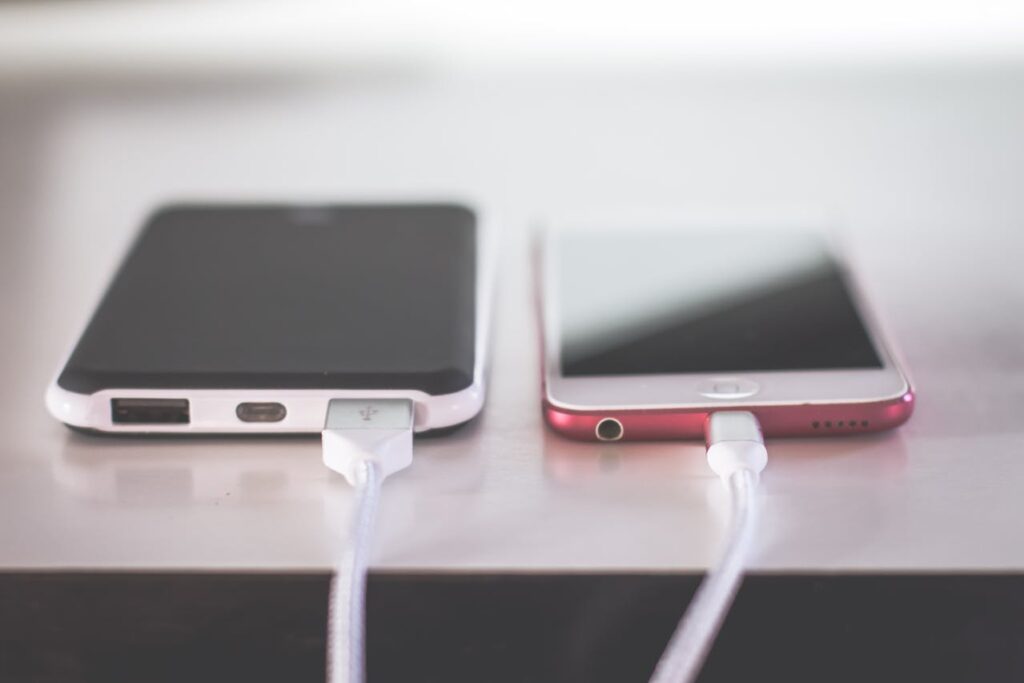Never Leave a Charger in Outlet Without Phone. Here Are the Top 6 Reasons Why

Imagine walking into your home at night. The lights are off, silence fills the rooms, but somewhere—hidden in the shadows—electricity is still at work. A small glow from the socket, a charger quietly sipping energy, unnoticed. It seems harmless, right? One little cord in the wall. But that’s how most dangers in life begin—small, invisible, and ignored until it’s too late.
We underestimate the tiny things. The words we leave unsaid. The habits we dismiss. The charger left in the outlet. All of them ripple outward in ways we rarely stop to think about. That forgotten plug isn’t just wasting energy—it’s a reminder of how unconscious choices shape our lives and our planet.
The Silent Thief in Your Wall
You plug in your phone, charge it, and walk away. The phone leaves with you, but the charger stays behind—quiet, motionless, invisible. Yet in that stillness, something is happening. Electricity is still flowing. Your wall socket becomes a leaky faucet, dripping energy drop by drop, day after day.

This hidden drain has a name: standby power, or “phantom load.” Studies reveal it’s no small leak. Across the U.S., it silently costs households up to $165 each year, adding up to an astonishing $19 billion nationwide in wasted energy. What feels like a harmless oversight is actually one of the biggest culprits in driving unnecessary power demand.
And the cost isn’t just financial. Every wasted watt pushes power plants to burn more fuel, release more carbon, and place heavier strain on the grid. What begins with a forgotten charger ends with real-world consequences—rising bills, higher emissions, and greater risks of overheating. That little plug is more than convenience; it’s a mirror of how small choices multiply into massive impact.
1. Wasting Energy While Doing Nothing
Picture this: your phone isn’t charging, yet your charger is still pulling power from the wall. It’s energy going nowhere, money burned for nothing. This invisible leak, called standby power or “phantom load,” is like paying rent for an empty room—you get no value, but the bill keeps coming.
The U.S. Department of Energy confirms that even “off” devices quietly draw power. Efficiency Maine and the National Renewable Energy Lab estimate these phantom loads can account for up to 15% of a device’s energy use, costing households nearly $200 every year. Scale that across millions of homes, and it’s over $19 billion wasted—a massive, silent drain we’ve all been funding.
And the impact doesn’t stop at your wallet. Every wasted watt adds strain on the energy grid, pushing power plants to burn more fuel and release more carbon. By unplugging, you not only stop paying for nothing—you also give the planet and our shared energy systems a little room to breathe.
2. Fire Hazards Hiding in Plain Sight
A charger may look harmless, but when it stays plugged in, it can become a spark waiting for the right moment. Older models, uncertified knock-offs, or even trusted chargers left in the wall too long can overheat—silently raising the risk of fire.
The National Fire Protection Association (NFPA) reports that thousands of house fires each year stem from small electronics and wiring issues. Add heat buildup near curtains, bedding, or clutter, and that forgotten charger transforms into a hidden danger zone. Even the best chargers aren’t invincible—without ventilation or after years of wear, they too can fail.
Unplugging your charger is more than a money-saving tip; it’s a safety move. Especially before bed or when you leave home, pulling that cord means fewer sparks, fewer accidents, and less chance of joining the statistics of preventable fires that destroy homes and lives every year.
3. Shortening the Life of Your Charger
Even when your phone isn’t connected, your charger is still at work—electricity continues to flow through its circuits, wearing down the very parts that keep it alive. Inside, components like capacitors and insulation quietly degrade, as if the charger is aging in fast-forward every time it stays in the outlet.
The result? A charger that once worked effortlessly begins to falter. Charging takes longer, heat builds up faster, and eventually, the device fails altogether. What started as a simple habit—leaving it plugged in—ends in wasted money, unnecessary replacements, and yet another piece of plastic added to the growing mountain of electronic waste.
Unplugging when not in use gives your charger the rest it needs. Even the highest-quality brands aren’t immune to wear, but by easing the strain, you extend their lifespan, improve reliability, and reduce waste. In a throwaway world, care is rebellion—and even caring for a charger matters.
4. Breathing in What You Can’t See
Every charger is made of plastic and circuits, and when it overheats, it can release volatile organic compounds (VOCs) like formaldehyde or benzene—pollutants you don’t see but breathe in. The EPA warns that these chemicals, especially in poorly ventilated spaces, can worsen indoor air quality, yet most people never think of their charger as an air hazard.
For kids, the elderly, or anyone with asthma or allergies, these emissions can irritate lungs and trigger symptoms. And while the release is small, the danger grows with time, especially when chargers sit plugged in for hours in bedrooms or offices with limited airflow.
Unplugging your charger reduces this hidden source of pollution. Paired with good ventilation and the use of certified electronics, it keeps your air cleaner and your home healthier. Because what we can’t see is often what harms us the most.
5. Everyday Risks to Kids and Pets
That dangling charger cord on the wall may look harmless, but to a curious child or a playful pet, it looks like a toy. And that “toy” can bite back—with burns, shocks, or worse. The Consumer Product Safety Commission stresses the importance of securing cords and unplugging unused devices to reduce risks at home.
Pets are no safer. A teething puppy or a bored cat can chew through a plugged-in cord, leading to injuries, fires, or damage you didn’t see coming. What begins as innocent curiosity can end in a trip to the vet—or the hospital.
By unplugging and storing chargers safely, you create a safer environment for the most vulnerable members of your household. It’s a simple act of protection that prevents unnecessary accidents and keeps your loved ones—both human and animal—safe.
6. Adding to the Pile of E-Waste and Pollution
Every time a charger burns out before its time, it doesn’t just cost you money—it adds to a growing global crisis: electronic waste. According to Natural Resources Canada, phantom loads contribute to avoidable energy use, which leads to more emissions and more devices wearing out sooner than they should.
E-waste is one of the fastest-growing waste streams in the world. Old chargers and electronics often end up in landfills, where they don’t just disappear—they leak toxic metals and chemicals into the soil and water, contaminating ecosystems for decades. The simple act of leaving a charger plugged in plays a quiet role in this massive chain reaction.
As Wired reports, devices left in the wall account for billions in wasted electricity and countless tons of extra CO₂ emissions each year. But the flip side is powerful: unplugging reduces waste, extends the life of your devices, and eases the burden on a planet already under pressure. Every time you pull a charger from the wall, you’re not just protecting your home—you’re casting a small vote for a cleaner, more sustainable future.

Simple Habits That Make a Big Difference
Knowing the dangers of leaving chargers plugged in is one thing. Changing the habit is another. But here’s the truth: transformation doesn’t always come from big moves—it comes from the small, repeatable actions that we do every single day.
- Switch smarter — Use power strips with on/off switches so you can cut power to multiple devices with one tap. One small flip, a big ripple of savings.
- Set reminders — A phone alert or smart home notification before bedtime can make unplugging second nature. Habits begin with intention, then become instinct.
- Choose wisely — Look for ENERGY STAR or “low standby” products designed to sip less power when idle. Every purchase is a vote for the kind of world you want to live in.
- Create a home for your chargers — A drawer, a box, a tidy corner. When chargers are unplugged and stored away, they’re not just safe—they’re reminders of discipline in action.
- Track your wins — Smart plugs or energy monitors show you the savings in real time. Watching the numbers drop isn’t just motivating—it’s proof that little choices matter.
These actions may look small, but small is powerful. A single unplugged charger won’t save the planet. But millions of unplugged chargers? That’s momentum. That’s money saved, safety strengthened, and a future made just a little brighter, one outlet at a time.
Power Down, Wake Up
In a world obsessed with staying connected, sometimes the bravest thing you can do is disconnect. That little act of pulling a charger from the wall may feel insignificant, but it’s more than just saving money or preventing fires. It’s a declaration: that you’re aware, that you care, that you choose not to sleepwalk through habits that cost us more than we realize.

Every unplugged charger is a reminder that small actions echo. A single cord might not change the world, but a million of them? That’s fewer emissions, safer homes, lighter bills, and a planet that breathes a little easier.
So tonight, when you put your phone down, pull the plug. Not just on your charger, but on autopilot living. Power down to wake up—to your choices, your impact, and the difference only you can make.
Loading...

